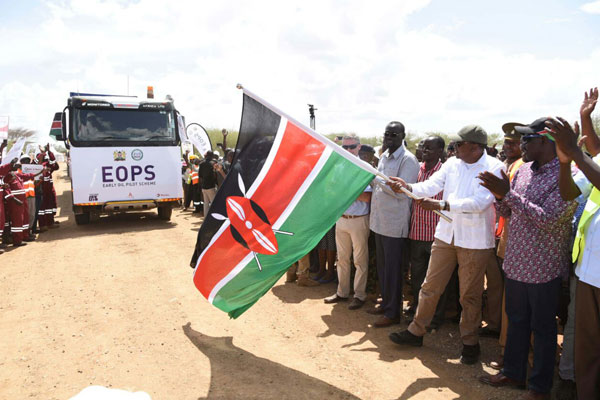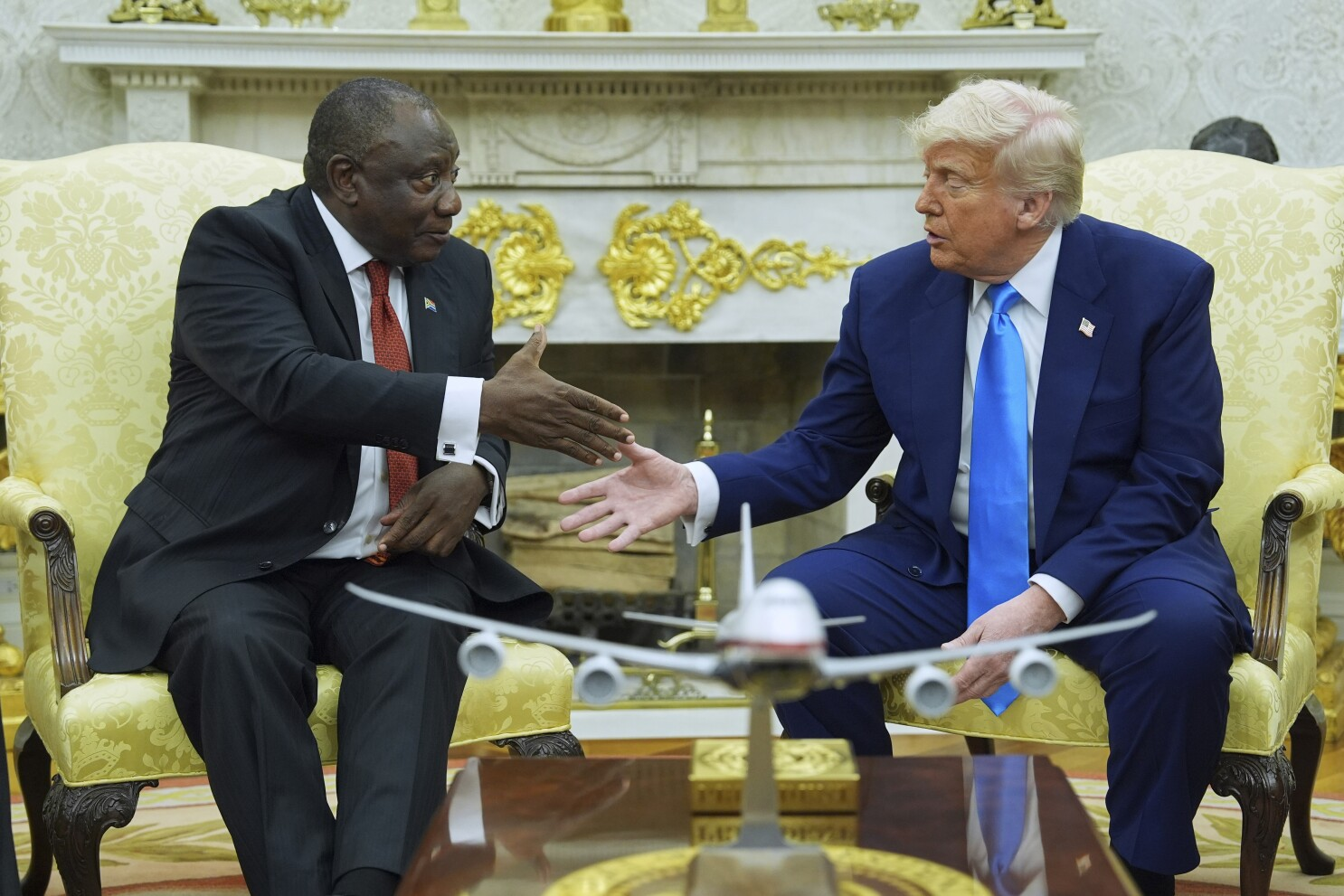
Kenya’s President Kenyatta launches oil exports scheme

In its effort to capitalize on the country’s oil reserves, Kenya has launched a pilot scheme to export crude oil via Mombasa.
On Sunday in a feat attended by a host of local leaders, President Uhuru Kenyatta flagged off four trucks ferrying crude oil to the Kenya Petroleum Refinery in Mombasa.
Commercial oil reserves were discovered in Kenya’s Lokichar basin, Turkana County in 2012 and a 800-km (500-mile) pipeline is due to be built before production starts up in 2021/22.
Kenya joins neighbouring Uganda as the only two oil-producing nations in East Africa.
The East African nation together with the regional administration agreed last month to share revenue that will come into force when production reaches full capacity by 2022.
This paved way for the implementation of the Early Oil Pilot Scheme. The agreement also allowed the passage of a law on petroleum production therefore enabling Tullow Oil – which operates the Kenyan fields – to start shipping oil that has been held in storage tanks for a year.
The company targets producing at least 2,000 barrels per day and already has 70,000 barrels stored in tanks in Lokichar.
CGTN’s Alexandria Majalla is in Turkana explained more on the project.
The crude oil which was transported by four trucks, each carrying 156 barrels, will be kept in Mombasa as the country looks for viable markets.
“The benefits of the project will be shared and no one will be left behind,” Deputy President William Ruto said at the launch of the export initiative.
According to the Petroleum and Mining Cabinet Secretary John Munyes, this was a “momentous time for Kenya” as it exports oil from East Africa; and that the economy will be emboldened by oil proceeds.
There are at least 10 oil fields located in various sections in Turkana East and Turkana South.
Tullow has hired Wood Group to design the pipeline needed to bring crude from Lokichar’s onshore fields to a port in Lamu along the Indian Ocean coast.
The cost of the pipeline is estimated at $1.1 billion, with a further $2.9 billion needed for upstream operations, the company says.
Tullow has said the Amosing and Ngamia fields in the basin have estimated contingent resources of about 560 million barrels, with plateau production potentially reaching 100,000 barrels per day.
The government says it will remain with 75 per cent from the proceeds, 20 per cent will go to the county government and five per cent to the community where the oil fields are.






